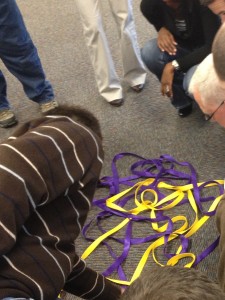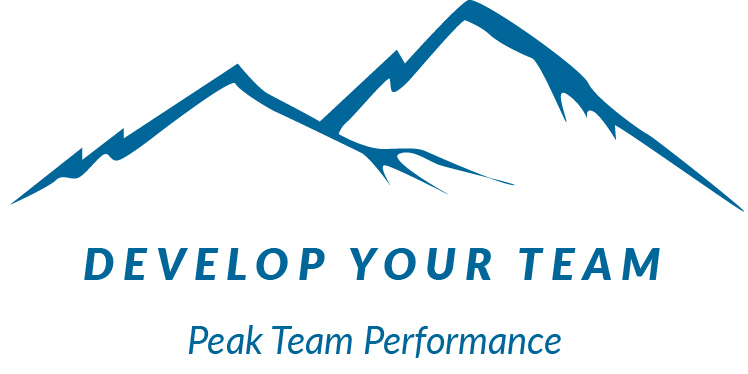Think about the last time you made a decision as part of a group. How did it go? Do you think the decision was a good one, one that will result in the desired outcome? Are you satisfied with the way the decision was made? Do you feel that all viable options were given appropriate consideration?
Whether it’s your family trying to decide which ride to go on first at Disneyland, or your organization deciding on a launch strategy for a new product, you’re likely to encounter similar challenges. When you’re part of a group and you need to make decision, how do you do it? Do you follow a set process, or is it different every time? Do a few people (or maybe just one specific person) always take the lead in making the decision? Or does everyone get a voice?
When team decision-making works, it can propel a team to remarkable levels of achievement. The team will act quickly, confidently, and effectively to accomplish tasks, find solutions, and generate new ideas. Unfortunately, when decision-making doesn’t work effectively, it can create enormous obstacles. Team members who have no voice in a decision may lack commitment to achieving the goal. Delays become the norm, concerns are not brought to light, and small issues may turn into big problems.
It’s not just the big decisions that trip people up. Every day, team members make dozens of decisions, whether individually or collectively. When the decision-making process is dysfunctional, so is the performance of the group. So what can you do to ensure that your team is working together effectively as it makes those large and small decisions each day?
 Experiential learning activities can be a great way to help a team discover and improve its group process for decision-making. In their book Teamwork & Teamplay, Jim Cain and Barry Joliff offer an activity called 2B or Knot 2B. In this activity, participants need to decide, as a group, which one of several ropes is holding all the others together. Through the activity and debriefing discussion, participants gain awareness of how they interact with each other when making decisions, and learn how their actions either moved the group forward or hindered its success in solving the problem. This type of discussion becomes a springboard for change as the team works to develop new and more effective ways to interact.
Experiential learning activities can be a great way to help a team discover and improve its group process for decision-making. In their book Teamwork & Teamplay, Jim Cain and Barry Joliff offer an activity called 2B or Knot 2B. In this activity, participants need to decide, as a group, which one of several ropes is holding all the others together. Through the activity and debriefing discussion, participants gain awareness of how they interact with each other when making decisions, and learn how their actions either moved the group forward or hindered its success in solving the problem. This type of discussion becomes a springboard for change as the team works to develop new and more effective ways to interact.
Back to the question I asked at the beginning of this post – how did it go the last time you made a decision as part of a group? Would you like to improve on that experience? If so, perhaps experiential learning techniques can help!
